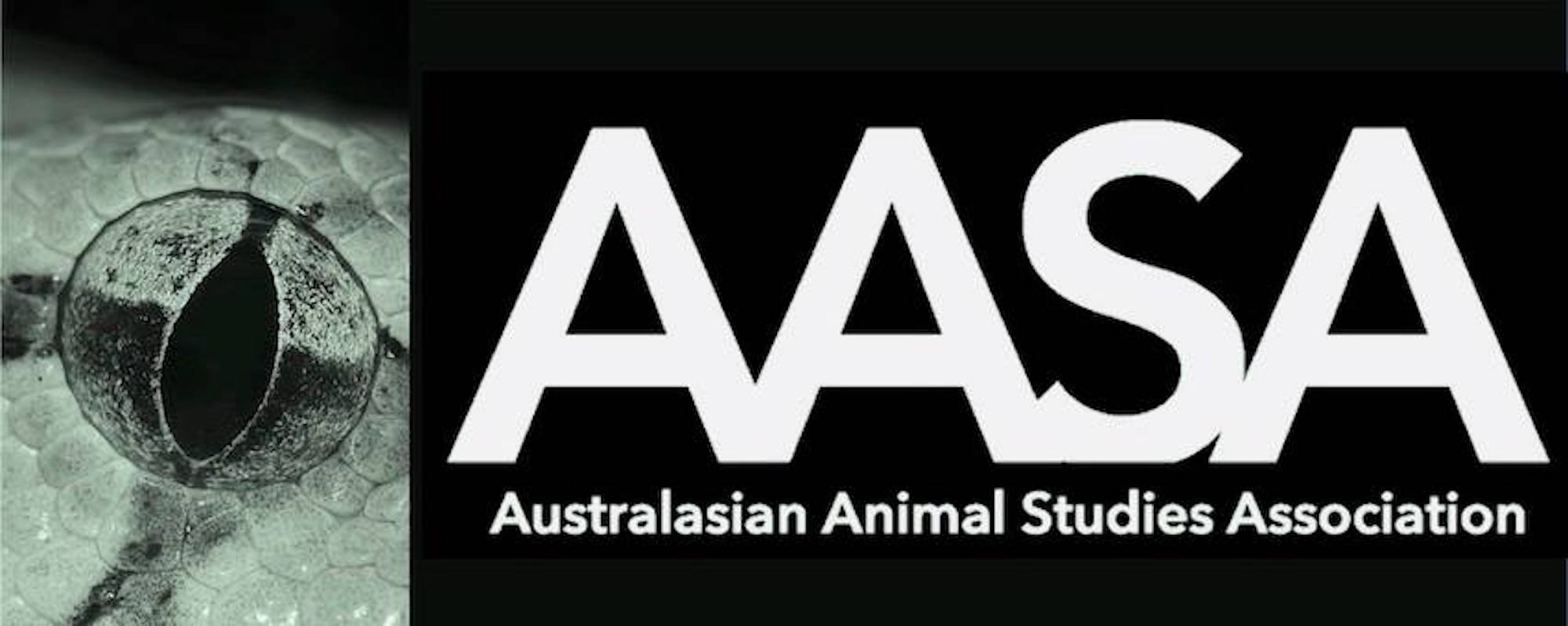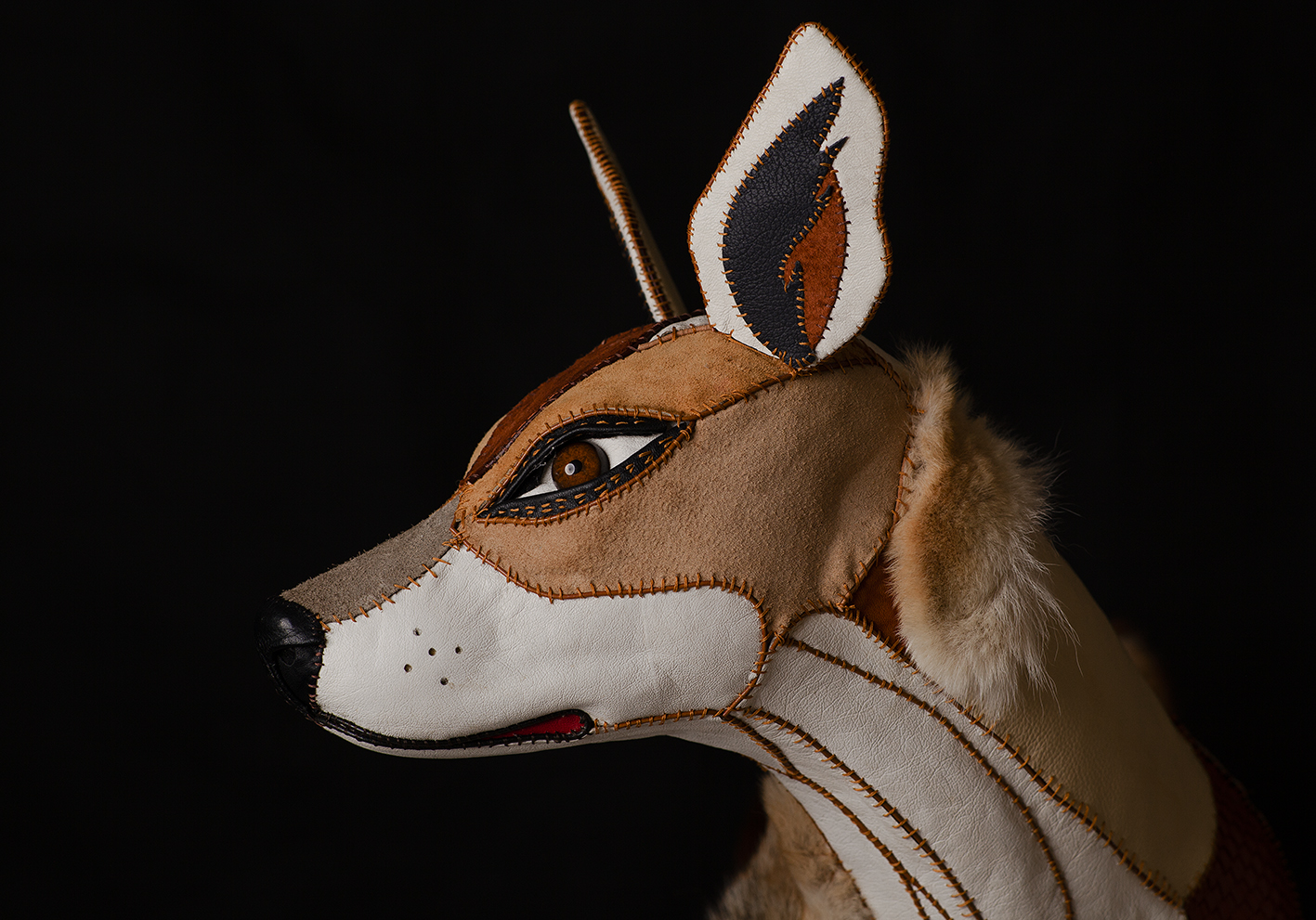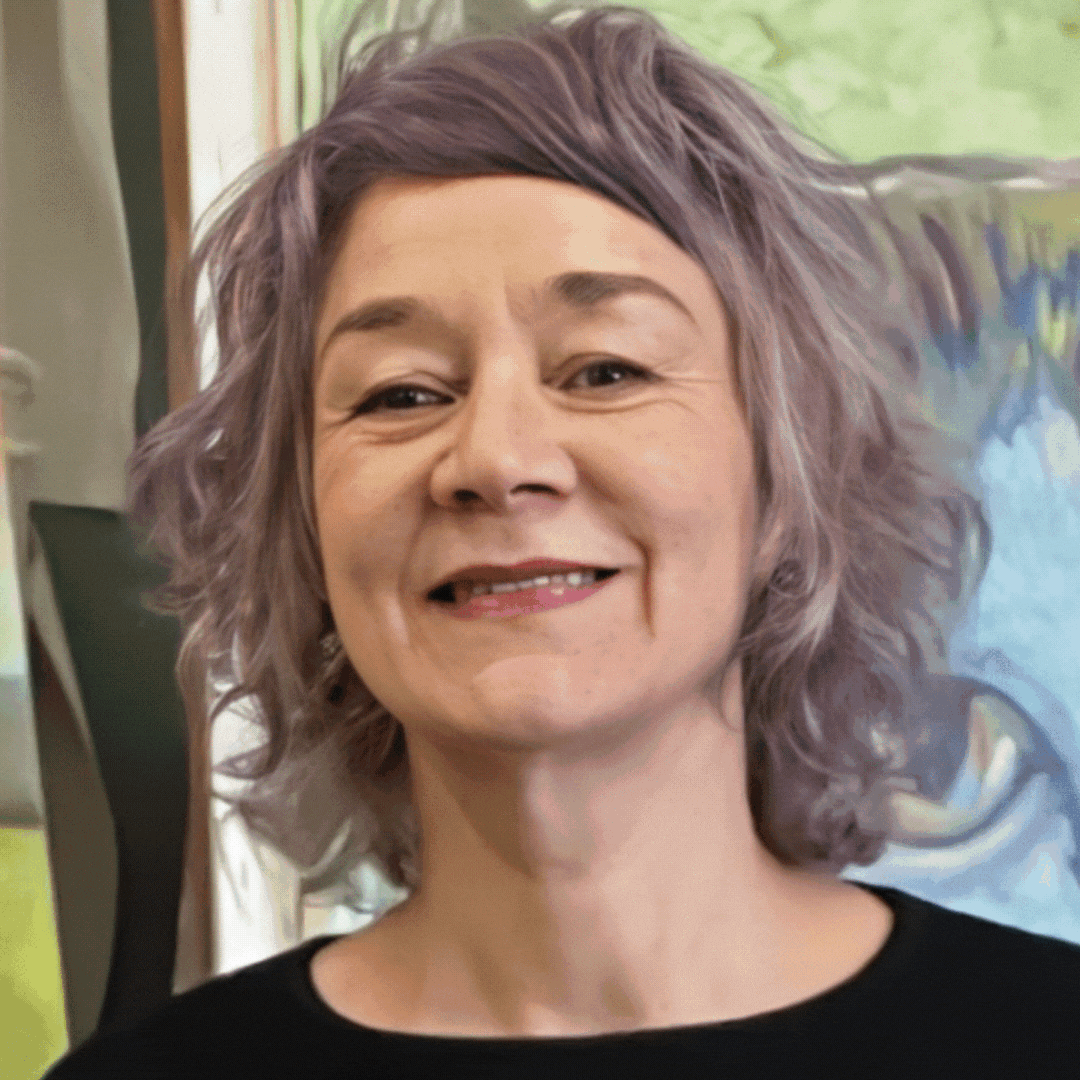SLSA Conference
November 9 – 12th, 2017
Arizona State University
Tempe, Arizona
What are the temporalities, histories, and post-mortem animal embodiments of taxidermic forms and fictions? In her seminal essay, “Teddy Bear Patriarchy,” Donna Haraway proclaims that the taxidermic form operates as a “servant of the real,” while feminist scholars Sara Ahmed and Jackie Stacey illuminate how skin produces its own dermographics (inhabiting the spaces of landscape and the discourses of nationhood) and temporalities (aging, preservation, decay). Skin, Pauline Wakeham further suggests, produces signs in the reconstruction of Aboriginality through the colonial conquest of living forms, and Chantal Nadeau explores how fur is intimately tied to the inscription of sexual desire onto the female form. The Afterlives of Animals: A Museum Menagerie edited by Samuel J.M.M. Alberti similarly negotiates the museological imperative to capture and archive animal flesh, and the studies of Rachel Polinquin (The Breathless Zoo) as well as Bryndís Snaebjörnsdottír and Mark Wilson (Nanoq: Flat out and Bluesome: A Cultural Life of Polar Bears) explore how affect circulates around taxidermic forms. Investigating cultural, literary, cinematic, poetic, artistic and historical engagements with practices of taxidermy, this panel will invite a discussion of the histories and futures of animal flesh, the performativity of the taxidermic animal, and its exposures, preservations, fetishizations, proximal encounters, inter-embodiments, and temporalities.
In our exploration of taxidermic forms and fictions, we will develop methods, frameworks, and paradigms that enable us to contextualize taxidermic practice in the wake of the anthropocene, an era of unparalleled species loss. How can thinking through the flesh – both human and nonhuman – initiate creative possibilities for an alternative present? How are literature, film, poetics, and art responding to the history of natural science, which has so meticulously recreated a microcosm of the world by preserving species that stand in as exceptional prototypes? What is the impact of the decay of these forms in the natural history museum? And even more pressing: what are the ethics of cutting and flaying animal bodies and fetishizing their forms? Can we attribute agency and subjectivity to the taxidermic animal? What would an ethical repurposing of taxidermy look like?
Ruminating on these (and related) research questions, this panel will serve as a response to the recent flux of critical and creative work being produced on the subject of the taxidermy. The roundtable will consist of a panel of 20-minute presentations followed by a discussion period. Students and scholars of all disciplines are invited to participate. Please email 250-word abstracts to Susan McHugh and Sarah Bezan at smchugh@une.edu and bezan@ualberta.ca by April 15th, 2017.
research categories:
environmental and ecological humanities
human-animal studies, critical animal studies, critical posthumanism(s) new materialism; material ecocriticism taxidermic fiction, art, poetry, film history of natural science; natural or human history cultural anthropologies cli-fi (climate change film and fiction)


